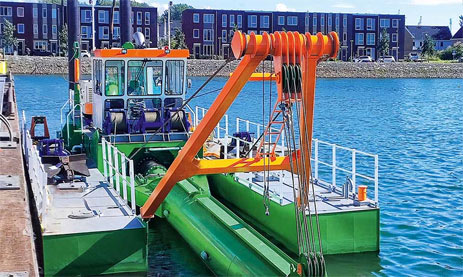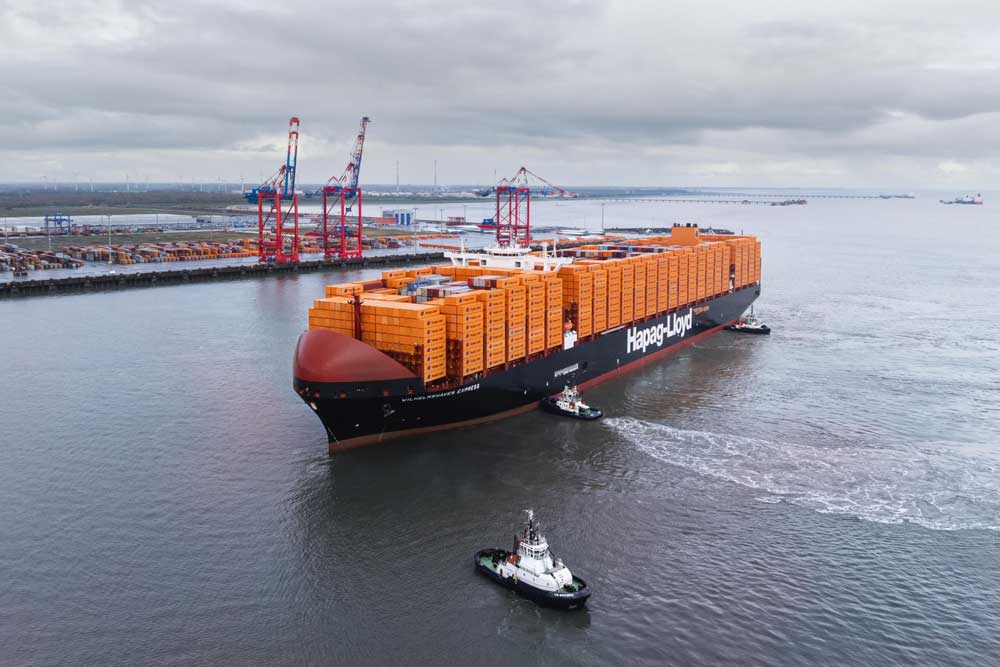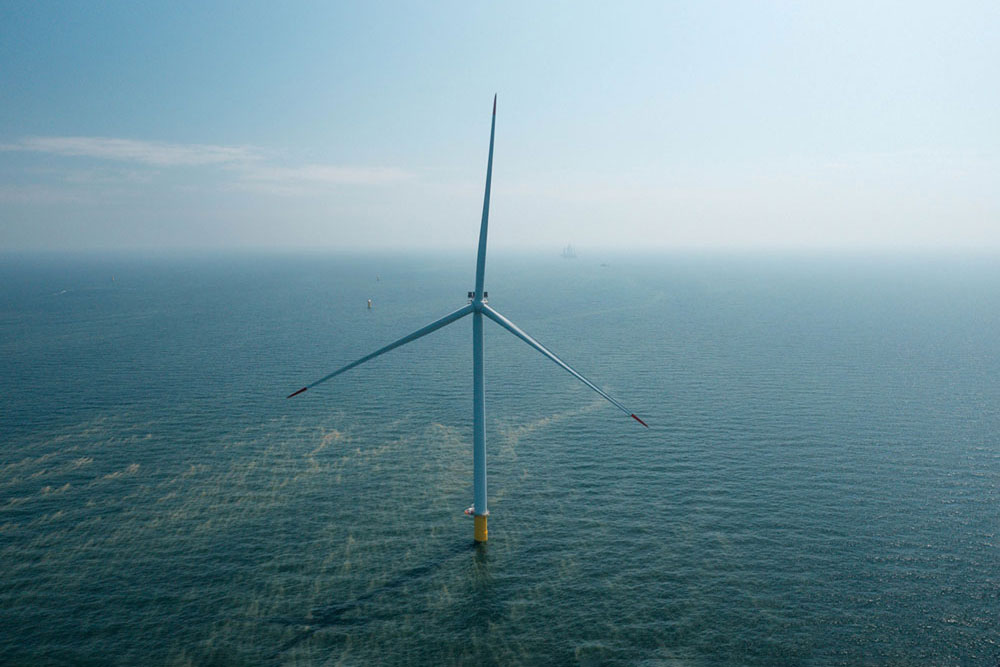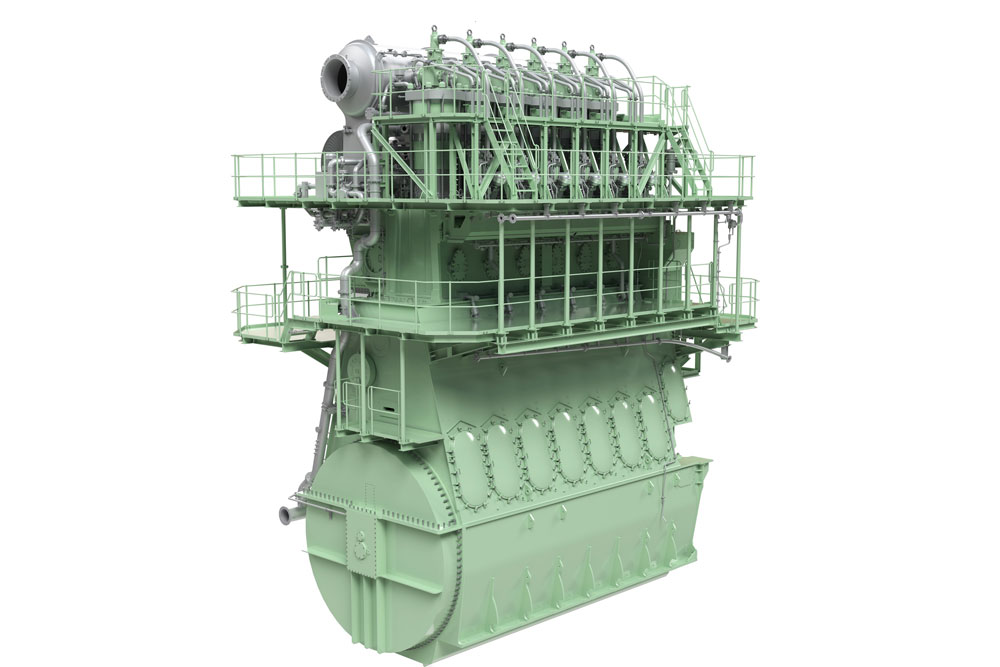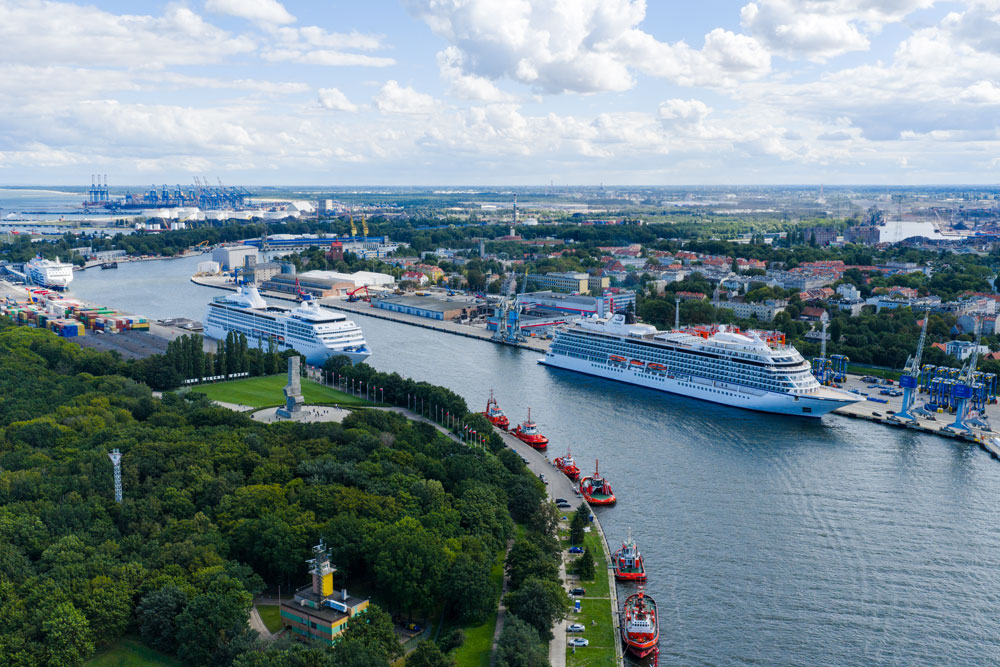The formation of slime on ship hulls, known as “biofouling”, is a costly problem. Even a thin film can significantly increase a ship’s fuel consumption and, therefore also, its costs and emissions.
Researchers at the KTH Royal Institute of Technology have found an approach to counteract this. Theys have developed a model to estimate the speed and extent to which organisms colonise the surface of a ship’s hull. With this information, operators should be able to plan cleaning at optimal intervals in order to save fuel.
Cornelius Wittig, a PhD student in the Fluid Mechanics department at KTH, says the study offers the first explanation of how shear stresses interact with biofilms over time to promote slime formation on surfaces such as a ship’s hull.
How does biofouling start?
Fouling begins with micro-colonies of bacteria that settle on a surface. These bacteria form basic structures from which filamentous extensions form, so-called “streamers”. The basic structures and the filaments together form obstacles on the surface that cause friction between the hull and the water. The growth of these threads and the formation of unevenness occurs at different speeds – depending on how strongly the surface is stressed by the current.
Biofouling considerably increases the friction between the ship and the water, says Wittig. To compensate for this, the propeller power has to be increased by up to 18% – with expensive consequences. “A ship covered in a thin biofilm can consume up to 80% more fuel.”
In many cases, a ship is only reported for cleaning when the operator notices an increase in consumption. “Then it’s too late and a lot of fuel has been wasted,” said Wittig.
The right timing is crucial
To reap the benefits of fouling removal for a vessel, the right timing is crucial, he said. “The potential fuel savings from cleaning must be large enough to offset the cost of the dry dock and cleaning procedures,” he said. “Accurate predictions would allow ship operators to plan cleaning efficiently.”
However, further research under more realistic conditions is required before the model can be used in shipping. However, it has already been shown that the shear stress can be roughly estimated by knowing the ship’s speed.
“From a ship operator’s point of view, it is interesting to know whether the ship should be cleaned next month or next year, so an estimate is sufficient to increase the accuracy of decision-making.”
In addition to shipping, this research could be applied in a variety of areas where biofilm is a problem. The researchers see potential applications in medicine, for example.
“The streamers can oscillate and increase the drag of a ship or a pipe,” he says. “In smaller geometries, for example, in medical devices such as stents or catheters, the streamers can lead to rapid clogging.”









